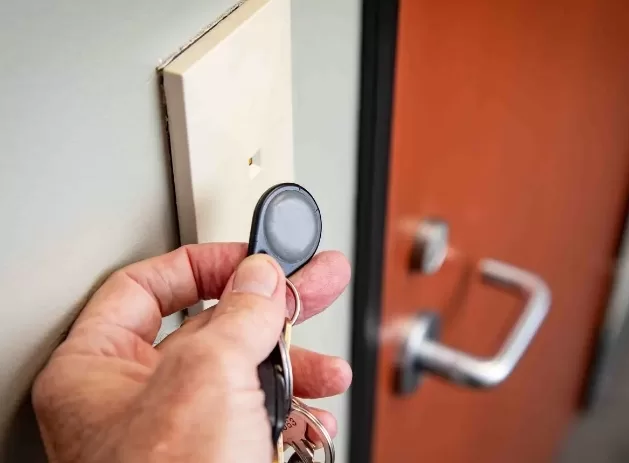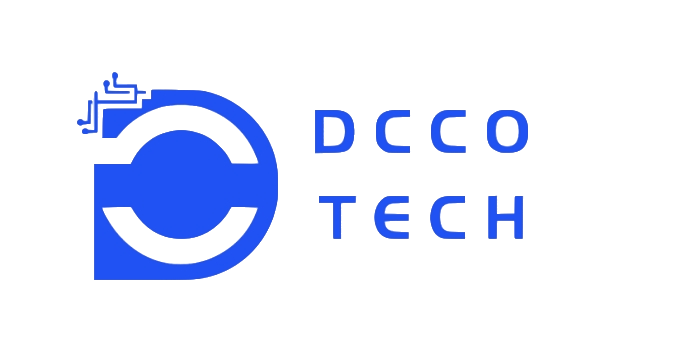
RFID Tags and 125KHz Card Compared in Data Storage and Transmission Differences
RFID technology plays a crucial role in data storage and transmission across various fields. This technology utilizes tags and cards, such as a 125kHz card, to wirelessly store and transmit information. Due to their basic and reliable functionality, a 125kHz card has long been used for simple applications, such as access control and identification. However, with the advancement of RFID technology, more powerful tags operating at different frequencies have been developed. These tags offer significant improvements in storage capacity, data transmission speed, and coverage. So how do you know which RFID frequency is right for your application? Let’s break down the key differences—and where each one fits best.
Data Storage Capabilities of Basic and Advanced RFID Systems
A key difference between these technologies is the amount of data each can store. 125KHz Cards are used for basic identification tasks and store a minimal amount of data, often just a unique identifier. This simplicity makes them ideal for applications such as employee badges or basic entry systems, where only identification is required.
On the other hand, modern RFID systems can store more complex data. For example, high-frequency tags can store product details, personal information, or even medical records. This enhanced storage capacity makes them suitable for more complex applications, such as asset tracking and inventory management, where detailed information is required.
-jpg.webp)
Transmission Range of Low-Frequency and High-Frequency RFID Systems
Transmission range is another crucial distinction. The 125 kHz card typically operates within a short range, often between 1 and 10 cm in diameter. This range makes them ideal for applications requiring close-range identification, such as secure entry systems or attendance tracking.
Higher-frequency RFID systems, such as those using 13.56 MHz or UHF, offer much longer transmission distances, sometimes extending to several meters. This extended range enables a wider variety of applications, including contactless toll systems, supply chain management, and automated inventory systems, where long-range identification is essential.
Data Transmission Speed in RFID Systems
Data transmission speed varies significantly between these systems. A 125 kHz card is relatively slow in transmitting data due to its basic design and limited storage. This slower speed may not be ideal for environments where high-speed data processing is necessary, such as busy access control points or fast-paced retail systems.
In contrast, newer RFID tags operating at higher frequencies provide much faster data transmission. This speed is especially beneficial for real-time data collection in settings such as logistics, asset management, or point-of-sale systems, where efficient and rapid data processing is required to maintain smooth operations.

Security Features in RFID Technology
Security is a crucial consideration when selecting RFID solutions. 125KHz Cards are easier to clone because they typically lack advanced encryption and security features. These cards are suitable for less-sensitive applications but may not provide adequate protection for industries requiring high levels of security, such as banking or healthcare.
Higher-frequency RFID systems, however, often come with stronger encryption and authentication mechanisms. These systems are better suited for applications that require secure data transmission, making them ideal for applications such as safe access systems or digital payment solutions, where data protection is a top priority.
Cost Comparison Between Low-Frequency and High-Frequency RFID Systems
Cost is another factor that differentiates these technologies. A 125kHz card is generally more affordable because it is simpler and requires fewer components. This makes them a cost-effective option for businesses that only need basic functionality, such as in simple access control systems.
However, advanced RFID systems with higher frequencies and additional features tend to be more expensive. Despite the higher upfront cost, the added functionality—such as increased data storage, improved range, and enhanced security—can make them a better investment in the long run for businesses requiring more advanced features.

Applications of Low-Frequency and High-Frequency RFID Systems
Different RFID solutions are suited for different applications. The 125kHz card is ideal for basic identification and access control tasks. It is widely used in environments where security and long-range communication are not as critical. Everyday use cases include building entry systems, employee identification, and simple tracking tasks.
In contrast, higher-frequency RFID systems offer more versatility. These systems are used for a wide range of applications, including inventory tracking, supply chain management, asset protection, and contactless payments. With their increased data storage capacity, extended range, and faster speeds, these systems are ideal for industries requiring more complex and secure identification solutions.
Conclusion on RFID Tags and 125KHz Card
Choosing between 125kHz cards and more advanced RFID systems depends on your specific needs. For cost-effective and straightforward identification, a 125kHz card remains a good choice. However, for applications requiring larger storage space, faster transmission speeds, greater coverage, and enhanced security, RFID tags offer distinct advantages.


